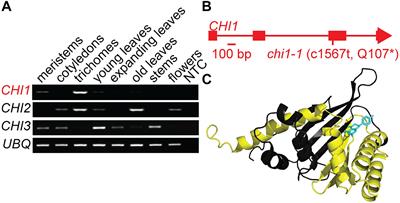EDITORIAL
Published on 18 Sep 2020
Editorial: Artemisinin—From Traditional Chinese Medicine to Artemisinin Combination Therapies; Four Decades of Research on the Biochemistry, Physiology, and Breeding of Artemisia annua
doi 10.3389/fpls.2020.594565
- 3,841 views
- 15 citations











